In the automotive industry, components like the automobile turbocharger vacuum valve and the automobile turbocharger mechanical valve play vital roles in ensuring engine efficiency and performance. These valves regulate the airflow and pressure within the turbocharger system, affecting how the engine responds under various driving conditions.
The automobile turbocharger vacuum valve specifically controls the vacuum pressure that actuates the turbocharger’s wastegate or variable geometry system. This regulation is critical because it determines when the turbocharger boosts engine power and when it prevents overboost situations. Meanwhile, the mechanical valve complements this function by physically managing airflow and pressure in a more direct, sometimes purely mechanical manner.
Now that we’ve introduced these components, let’s explore the specific role of the turbocharger vacuum valve in modern vehicles.
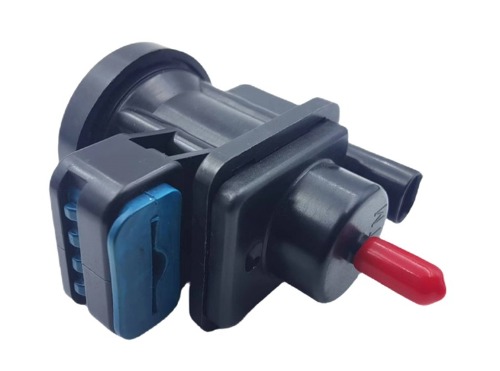
What is a turbocharger vacuum valve?
A turbocharger vacuum valve is a small but essential device that regulates the vacuum signal controlling the turbocharger’s wastegate actuator. The wastegate itself is responsible for diverting exhaust gases away from the turbine wheel to prevent excessive boost pressure. By managing this vacuum signal, the valve helps maintain the correct boost pressure for good engine performance and fuel efficiency.
This valve ensures that the turbocharger delivers the right amount of boost depending on engine speed and load. Without this precise control, the engine could experience turbo lag, inefficient fuel use, or even mechanical damage due to excessive pressure.
How Does It Affect Engine Performance?
The vacuum valve’s regulation of boost pressure directly influences how the engine performs. When the valve operates correctly, it allows for smoother acceleration and better throttle response. It also helps maintain emission standards by preventing overboost, which can increase harmful emissions.
On the other hand, if the vacuum valve malfunctions or leaks, drivers may notice reduced power, hesitation, or erratic engine behavior. This could also cause increased fuel consumption and potentially costly repairs if the turbocharger is damaged.
Relationship with Mechanical Valves
While the vacuum valve uses vacuum pressure signals to control the wastegate, the automobile turbocharger mechanical valve often refers to components like bypass valves or boost control valves that physically open or close to manage airflow. These mechanical valves work alongside vacuum valves to optimize the turbocharger system’s overall function.
Understanding the balance and coordination between these valves is crucial for automotive engineers and maintenance professionals to ensure that turbocharged engines operate reliably and efficiently.
Maintenance and Common Issues
To keep the turbocharger vacuum valve functioning properly, routine inspection and maintenance are recommended. Common issues include vacuum leaks, sticking valves, or worn diaphragms. Signs of valve problems often manifest as loss of power, rough idling, or check engine lights related to turbocharger control.
Replacing a faulty valve promptly can prevent further engine damage and restore smooth vehicle operation.
The automobile turbocharger vacuum valve is an essential part of modern turbocharged engines, enabling precise control of boost pressure to enhance performance and efficiency. Alongside the mechanical valve, it ensures the turbocharger system responds appropriately to driving demands. Understanding these valves’ roles helps buyers, technicians, and automotive enthusiasts appreciate the complexity and importance of turbocharger components in today’s vehicles.

 English
English русский
русский Español
Español
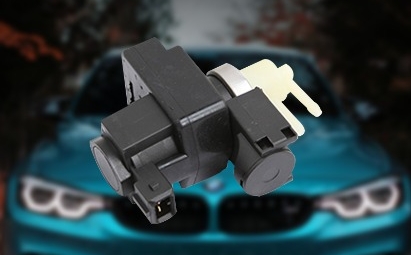
 View More >>
View More >>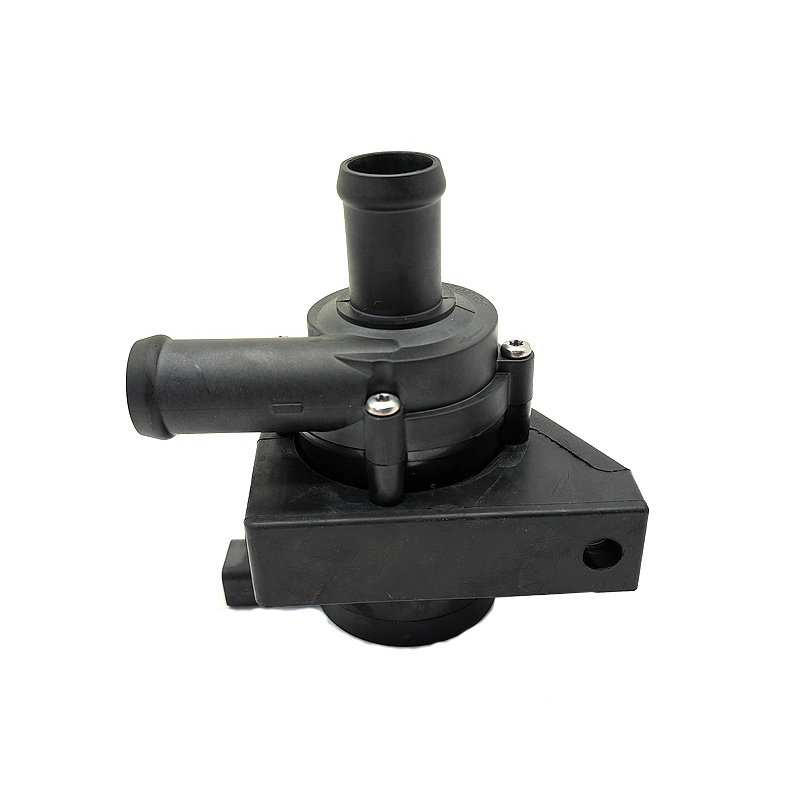 View More >>
View More >>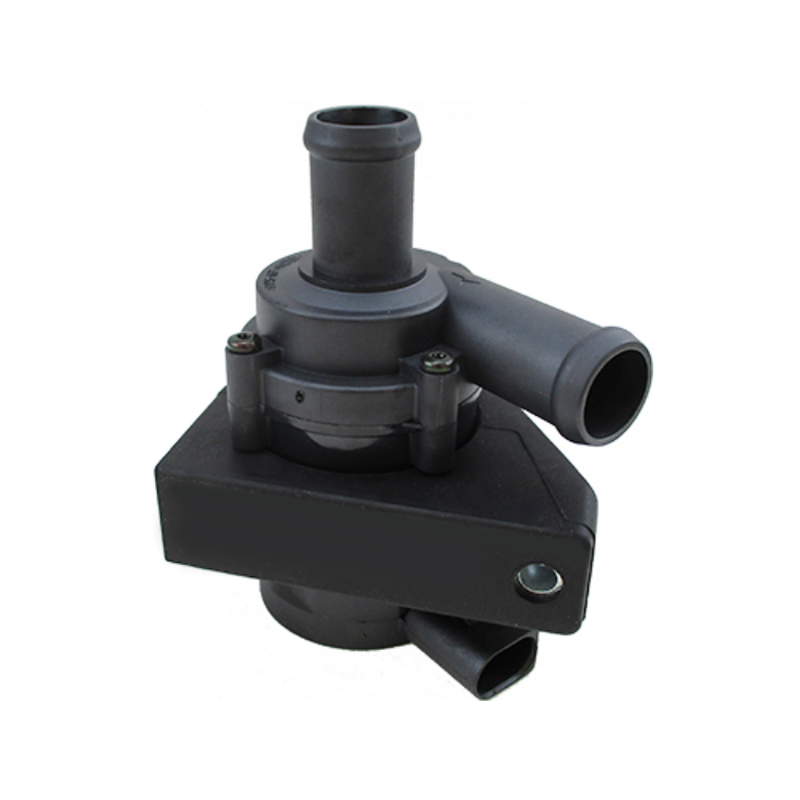 View More >>
View More >>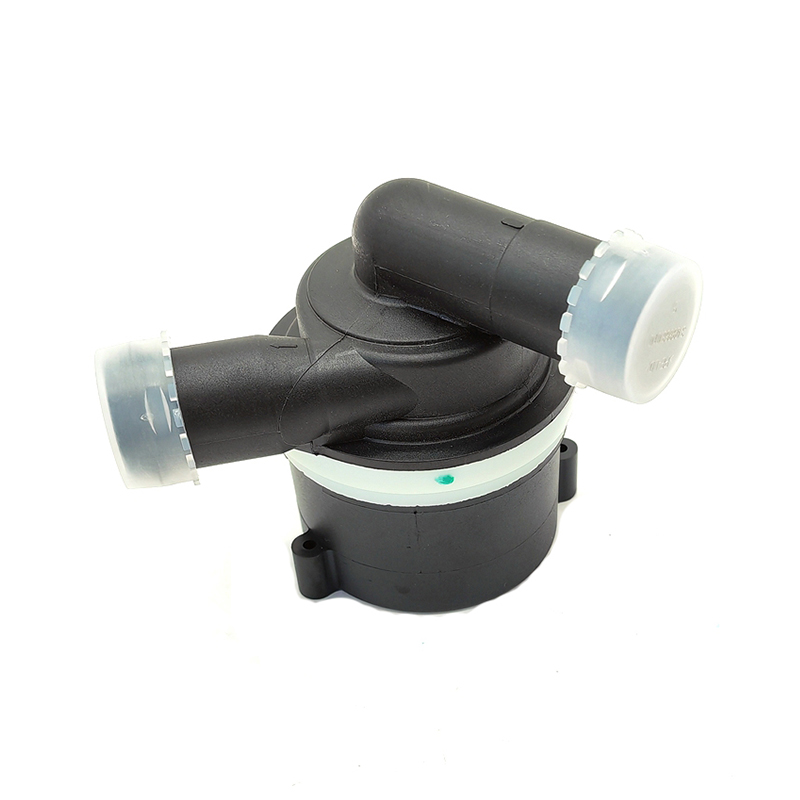 View More >>
View More >>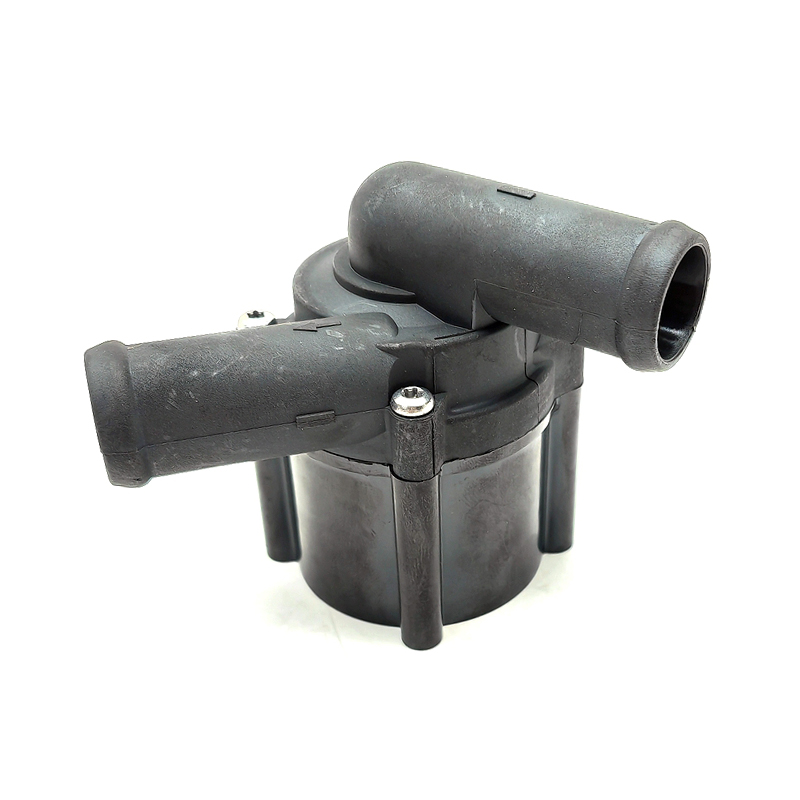 View More >>
View More >>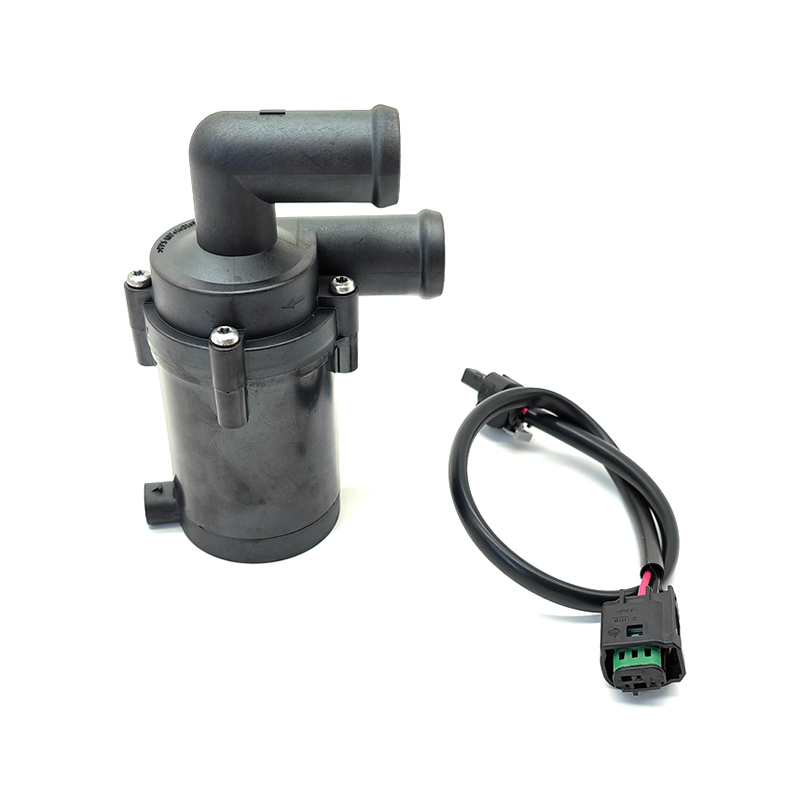 View More >>
View More >>